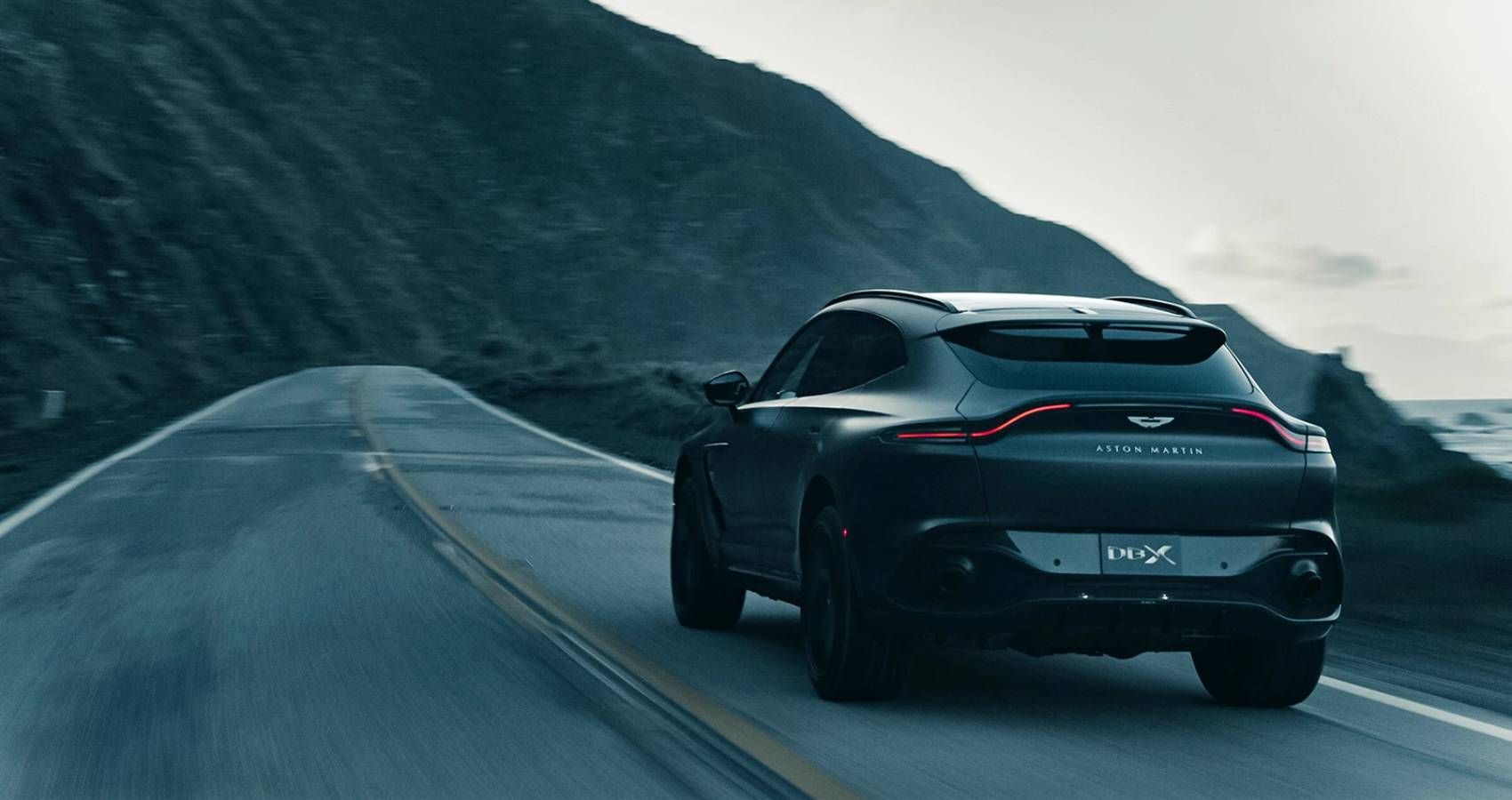The DBX MHEV Is Aston Martin’s New Halo Car

The Aston Martin DBX MHEV keeps the manufacturer at the top of the luxury SUV segment.
Aston Martin’s first SUV the DBX launched in late 2019 to a fanfare of reviews. The proliferation of SUVs spread from entry-level luxury brands like BMW and Mercedes-Benz into the most opulent brands on the market. Lamborghini’s Urus shared the same platform as Audi’s largest RSQ8, Bentley Bentayga and Porsche Cayenne which all use the MLB Evo platform.
Rolls-Royce had announced the V12 powered Cullinan and rumours were spinning regarding Ferrari’s first four-door car of the 21st century. With all of the competition taking a crack at the SUV market it had to be Aston Martin’s turn. Marek Reichman, Aston Martin’s Chief Creative Officer says “Aston Martins are about authenticity. Made with passion and love”.
Critics like Harry Metcalf of Harry’s Garage were impressed with how this philosophy translated to such a large SUV. In Harry Metcalf’s review of the SUV he demonstrates the car’s near physics-defying driving dynamics which are supported by the 550 horsepower V8 engine as well as the reliability which comes with sourcing parts from Mercedes-Benz, who according to the BBC, has a 20% stake in the British Marque.
However with more hybrid options coming from the likes of Porsche with the Cayenne e-hybrid and MHEV offering in the newly announced fifth generation of Range Rover.
The Aston Martin DBX MHEV keeps the manufacturer at the top of the luxury SUV segment.
The Most Popular Aston Martin
Since forming a partnership with Mercedes-Benz to revolutionise Aston Martin’s design and step away from the outdated Ford parts bin infotainment which plagued the DB9, Vanquish and Rapide, Aston Martin have launched car after car beginning with the DB11, Superleggera, New Vantage and DBX.
The Valkyrie sits on top of the Aston Martin ladder, along with the road-going hypercar the Valhalla but with price tags reported at $3,000,000 and $800,000 respectively these limited production cars will rarely be seen in public. The non-hybrid DBX begins at a less excessive £163,500/$227,700.00 and the mild-hybrid vehicle will presumably cost more than this with hybrid vehicles carrying a premium. In September this year, Auto Express reported that a hybrid DBX had been seen testing in Germany.
The white car was seen without a camouflage livery and has the words “Prototype Vehicle” badged in multiple places on the car’s body. Auto Express speculate that the car would receive the hybrid technology used in the Mercedes-AMG GT 4-Door 63 S E-Performance, because of the brand’s pre-existing relationship.
Both Auto Express and Motor Trend are reporting that Aston Martin is planning on expanding the DBX range with a Urus targetting AMR and a Coupe as well as a Lagonda branded SUV, Aston Martin are going to be capitalising on the current market trends. In an interview, Tobias Moers the previous boss of AMG and now CEO at Aston Martin, said that he believes that the brand should be producing between “10,000-12,000” vehicles a year with half those sales coming from the DBX.
With the DBX soon to become the most common example of Aston Martin on the roads, it will represent the brand in the same way that the V8 Vantage did over a decade ago as a more affordable Aston Martin.
A Step In The Right Direction
With a Hybrid vehicle becoming synonymous with public perceptions of Aston Martin as a company it can only be a good thing. Aston Martin as a company appears to the world as a relic of the past, partly through their association with the Bond franchise which over the tenure of Daniel Craig has frequently made the point that the secret agent was antiquated.
With such large engine displacements and a memorable heritage, the company at times seems to be as well. But having pioneering technology at the forefront of the brand’s road presence can do nothing but help the image of a company that is reinventing itself. Of course, the push to hybridisation is just a step on the road towards electrification and manufacturers with a history to protect will likely be the last to make the switch over.
Manufacturers of large-performance cars are somewhat behind the curve when compared to volume manufacturers who have a range of mild hybrids, hybrids and fully electric vehicles to choose from, the rise of the luxury hybrid vehicle as now found in the DBX, Bentayga and Range Rover is likely just a move to appease legislators.
On the European Commission’s website, full legislation can be found regarding emissions, but essentially the less the better. The European Environment Agency list the fleet-wide emissions goals for manufacturers to meet, this was 130 g CO2/km for 2019 and for 2021 this has been reduced to 95 g CO2/km. There is a reason that Aston Martin doesn’t so proudly list the emissions of their 4.0-litre V8 Super SUV as they do the power and 0-60 time, it comes in at 323 g CO2/km. Auto Express reports that the DBX MHEV will receive a 3.0-litre supercharged V6 unit, which will be less powerful before hybridisation.
With smaller displacements emissions are decreased, it’s why the F-type introduced the small 2.0-litre four-cylinder model along with Porsche in the Cayman and Boxster models. Jaguar’s F-type V6 S, with a 3.0-litre engine, before being discontinued produced 213 g CO2/km according to Jaguar, so the Aston Martin will still be a long way away from the desired fleet goals. However, the development steps Aston Martin is taking ensure that the company will be at the forefront of luxury vehicles when electrification is mandatory.